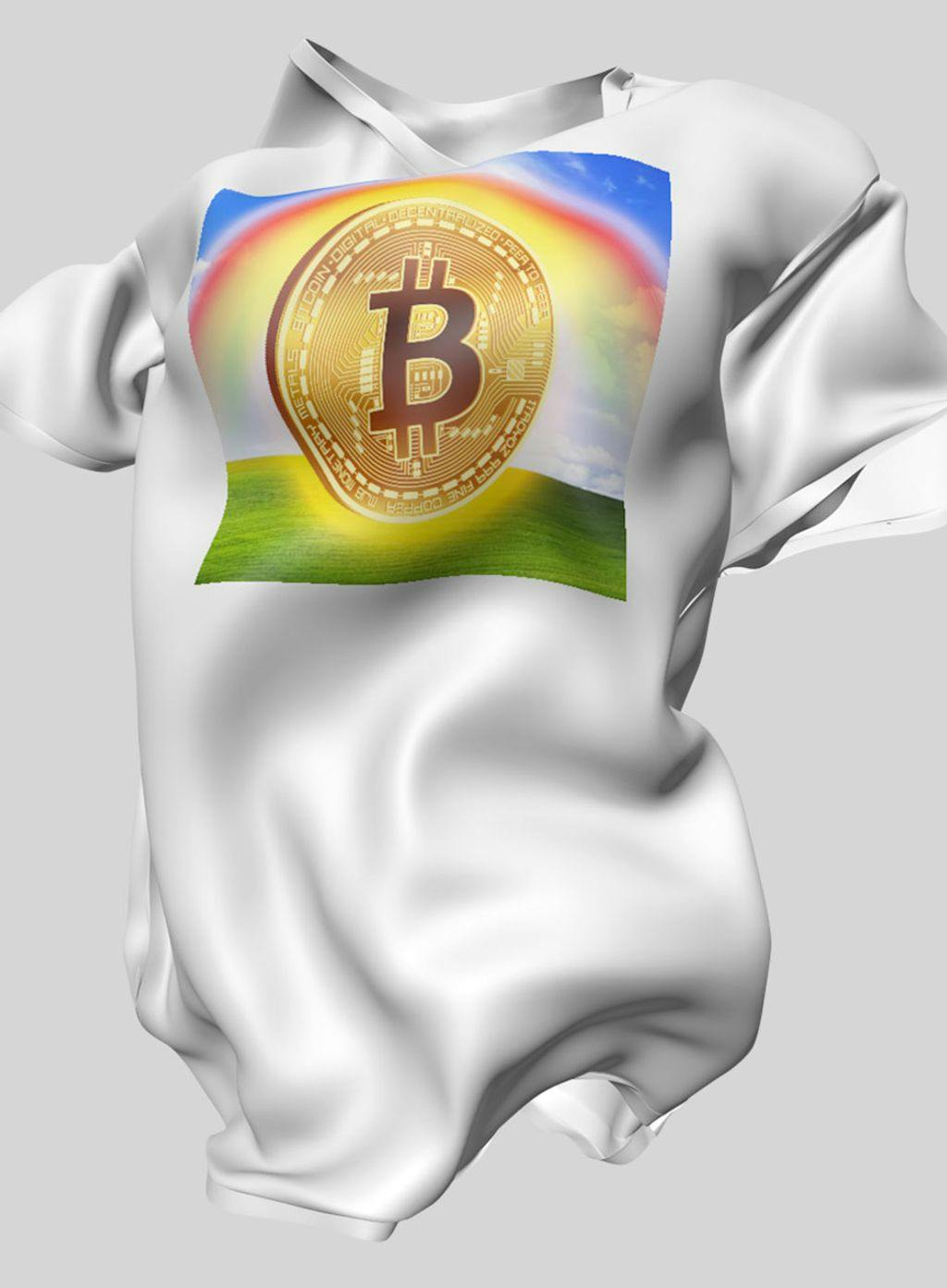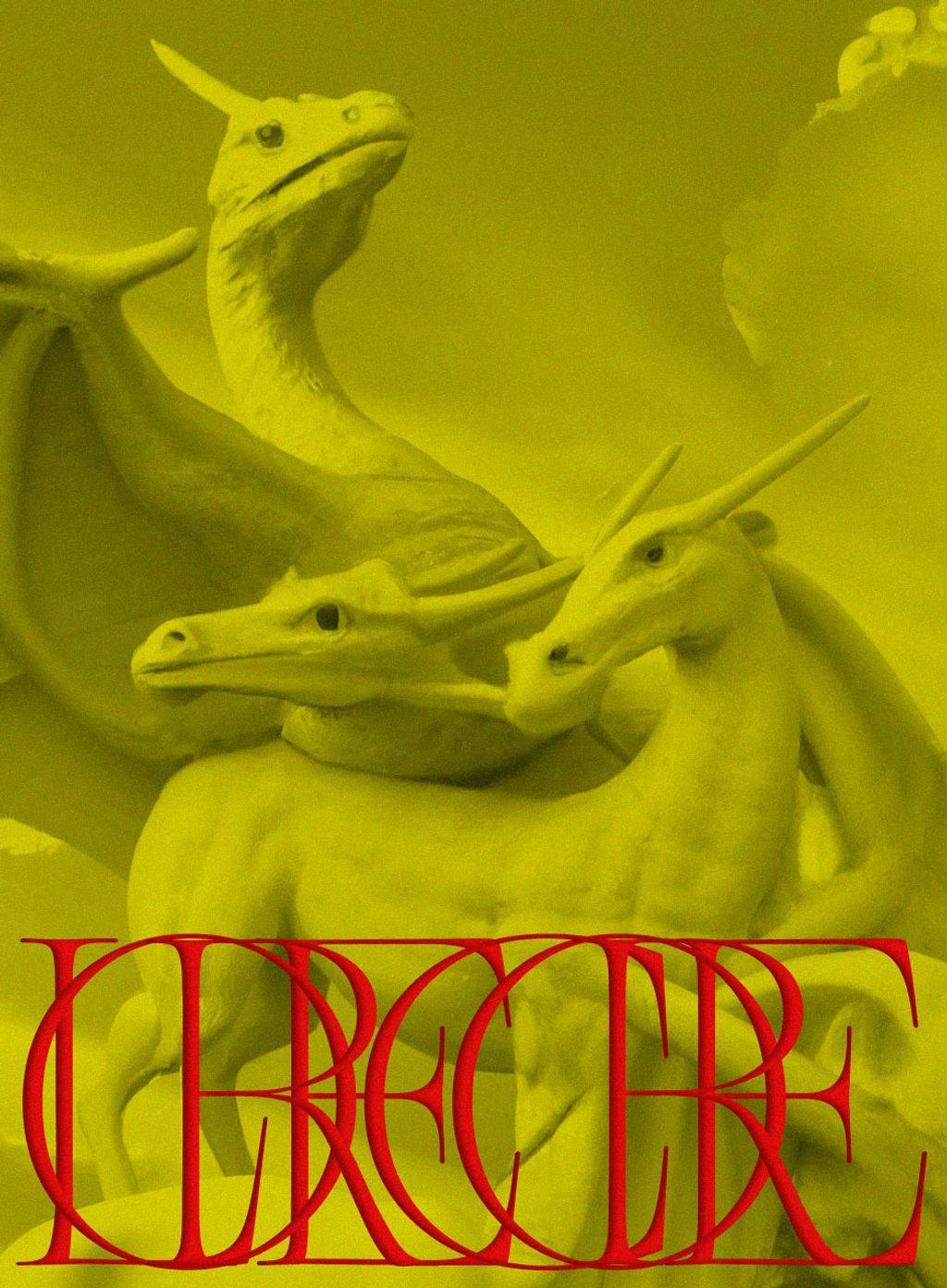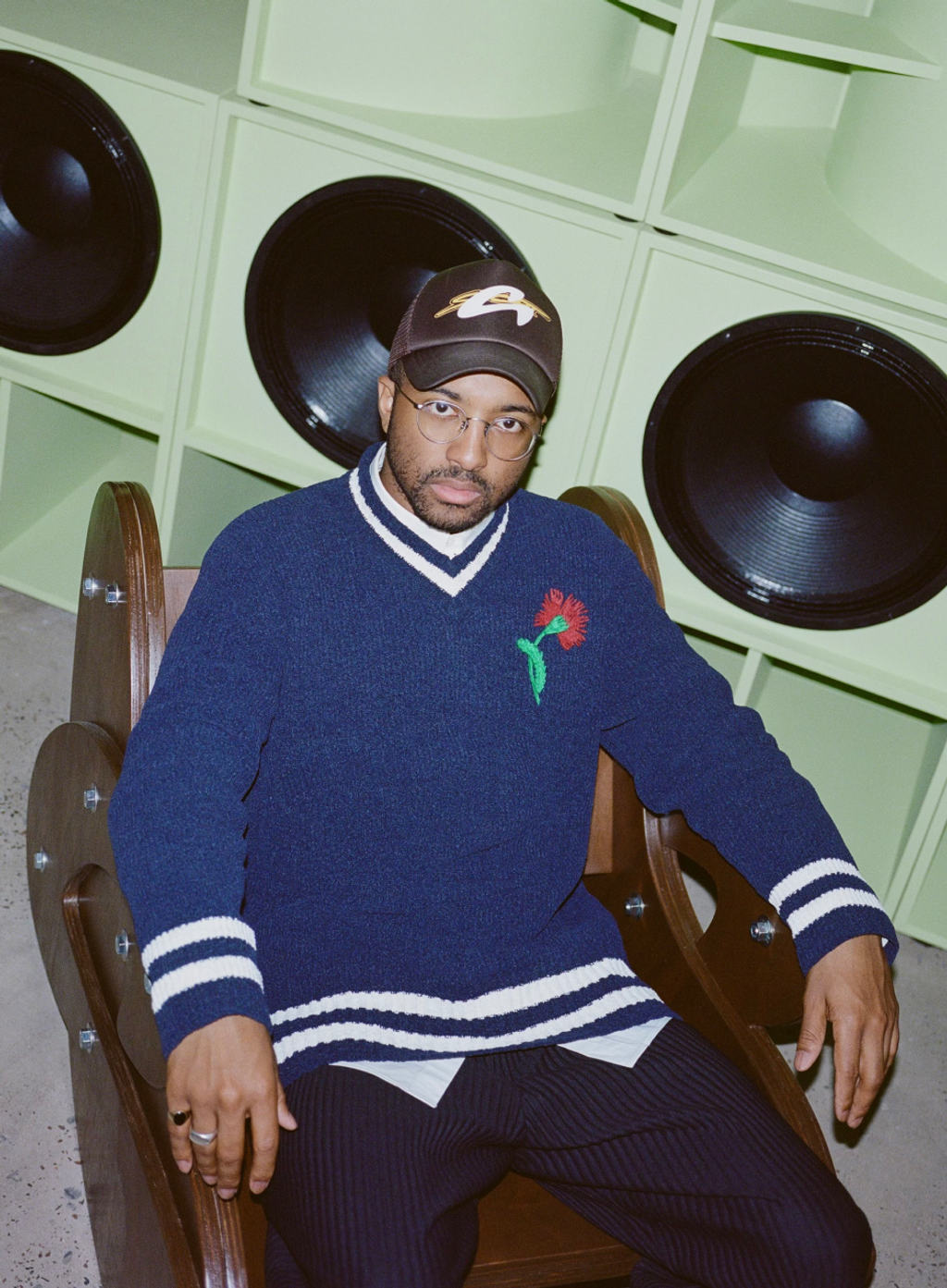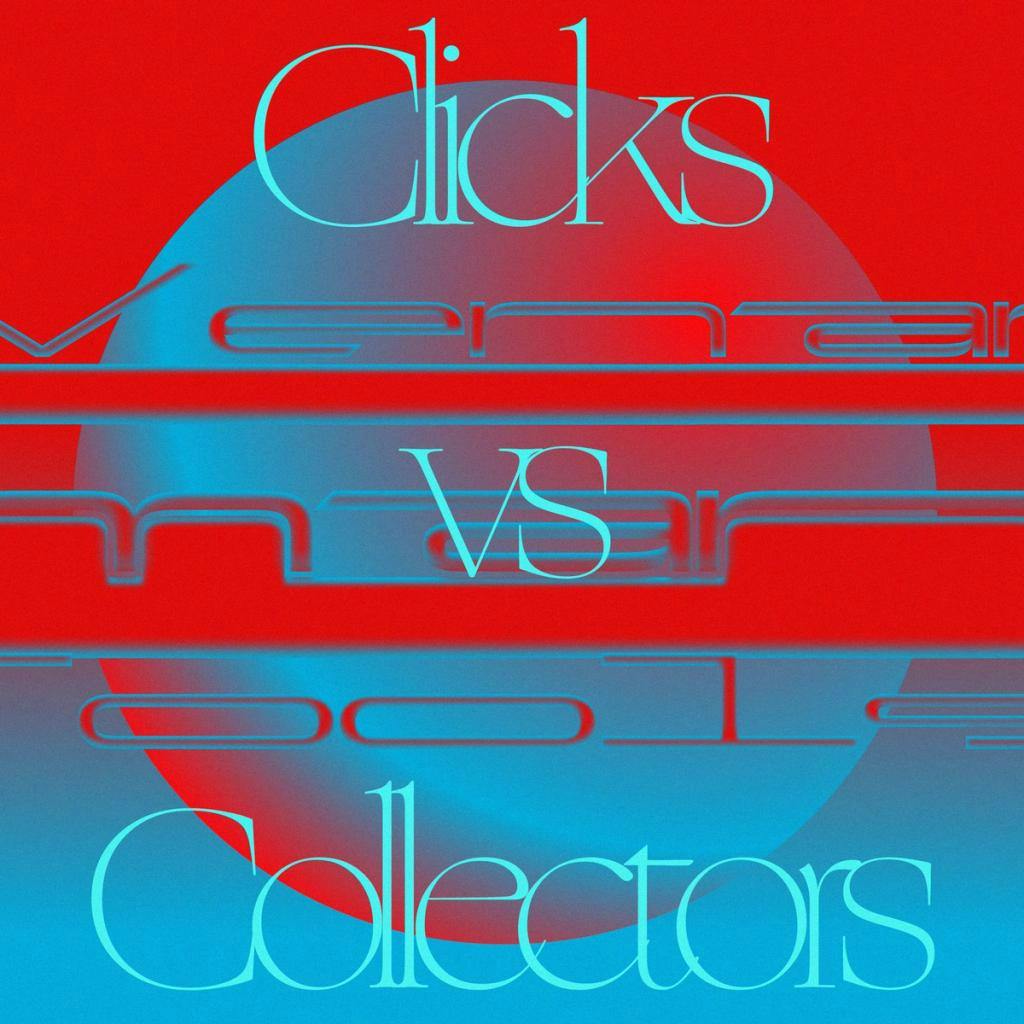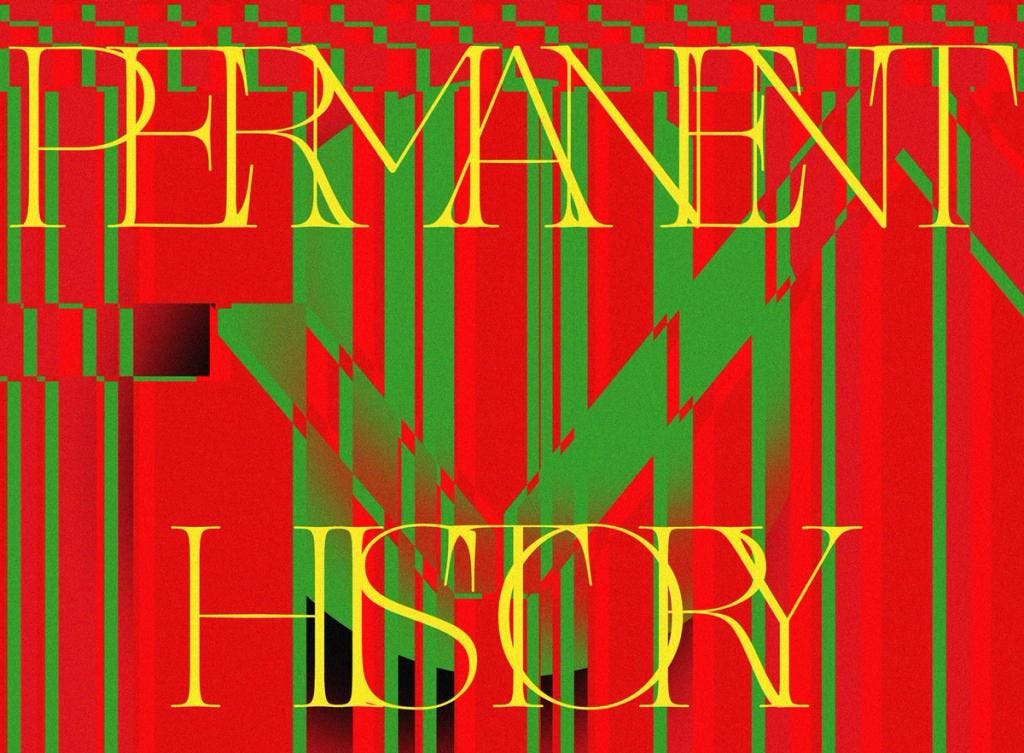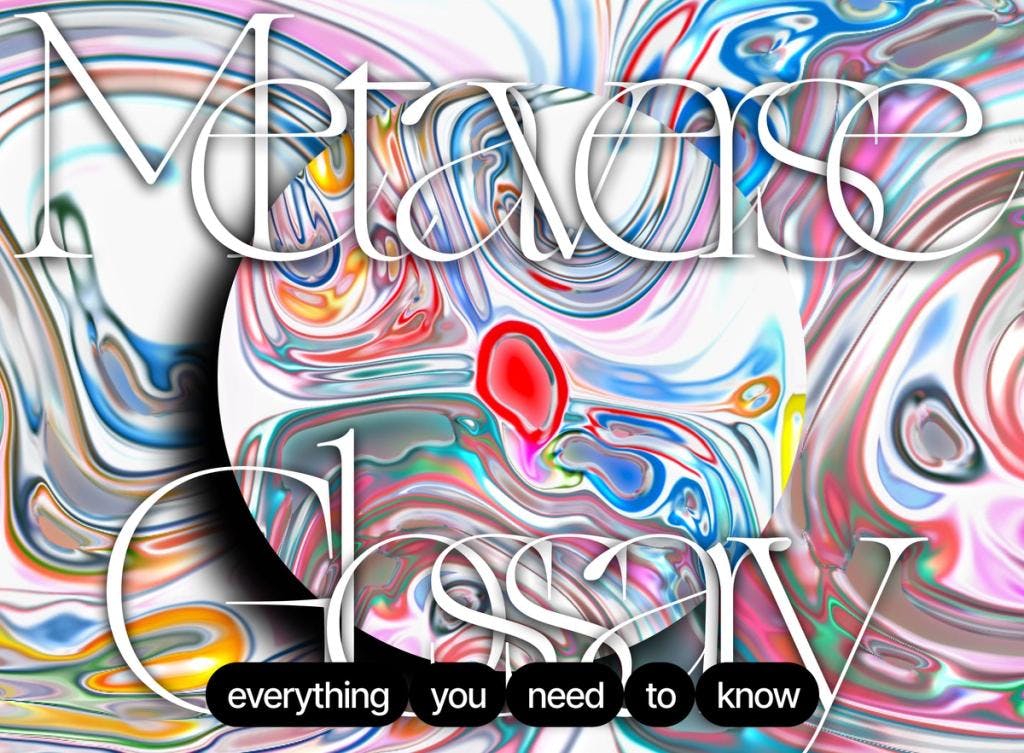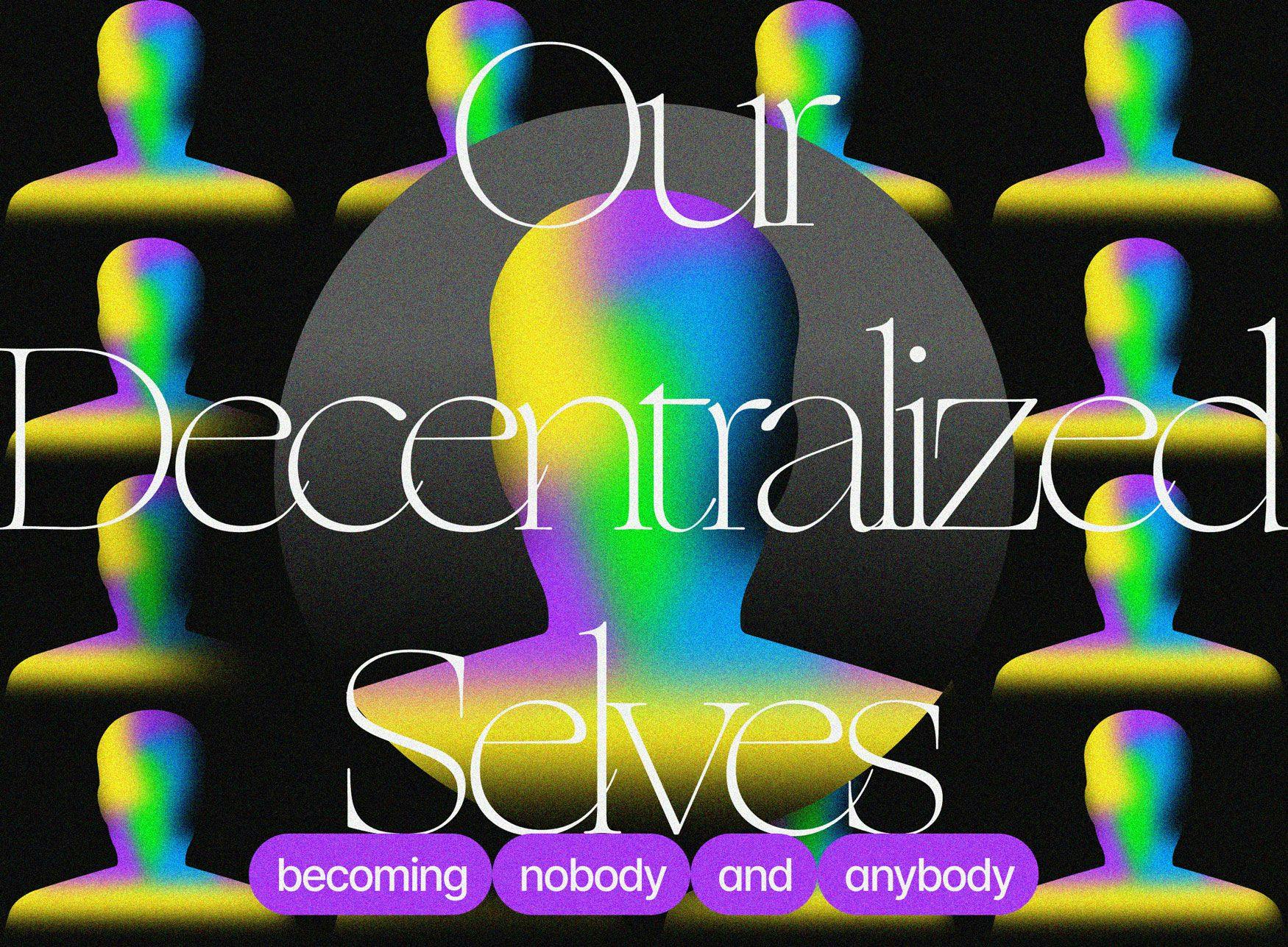
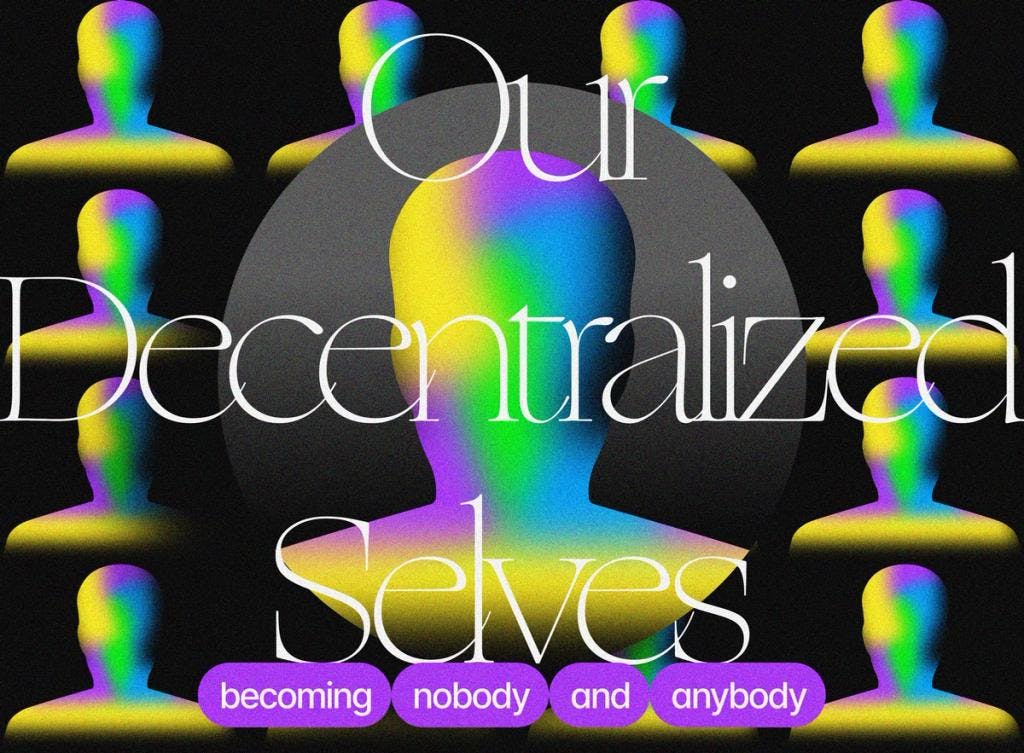

OurDecentralizedSelves:CreatinginaPost-IdentityFuture
Our Decentralized Selves: Creating in a Post-Identity Future
Web3 gives creators the chance to circumvent the requirements for pre-existing identity, reputation, and experience
Every time we change environments, like visiting family during the holidays, there’s a curious dynamic that comes into play: a transformation of behavior leading to changes in language, often coupled with a feeling of Am I being myself? It can be overwhelming as we try to reconcile identities across home, the workplace, and other social contexts—especially when there’s so much pressure to be your whole ‘authentic’ self.
And now? There’s a new universe evolving, further multiplying the spaces with which we engage and relationships in which we partake. Through generative NFT PFPs, pseudonymous profiles, decentralized communities, and trustless contracts—collectively emerging as a landscape popularly referred to as Web3—there is a seismic shift in the way we present and connect that adds even more to reconcile.
What happens when we migrate into these new online spaces? And how does it shape our identity and its relationship to our creations?
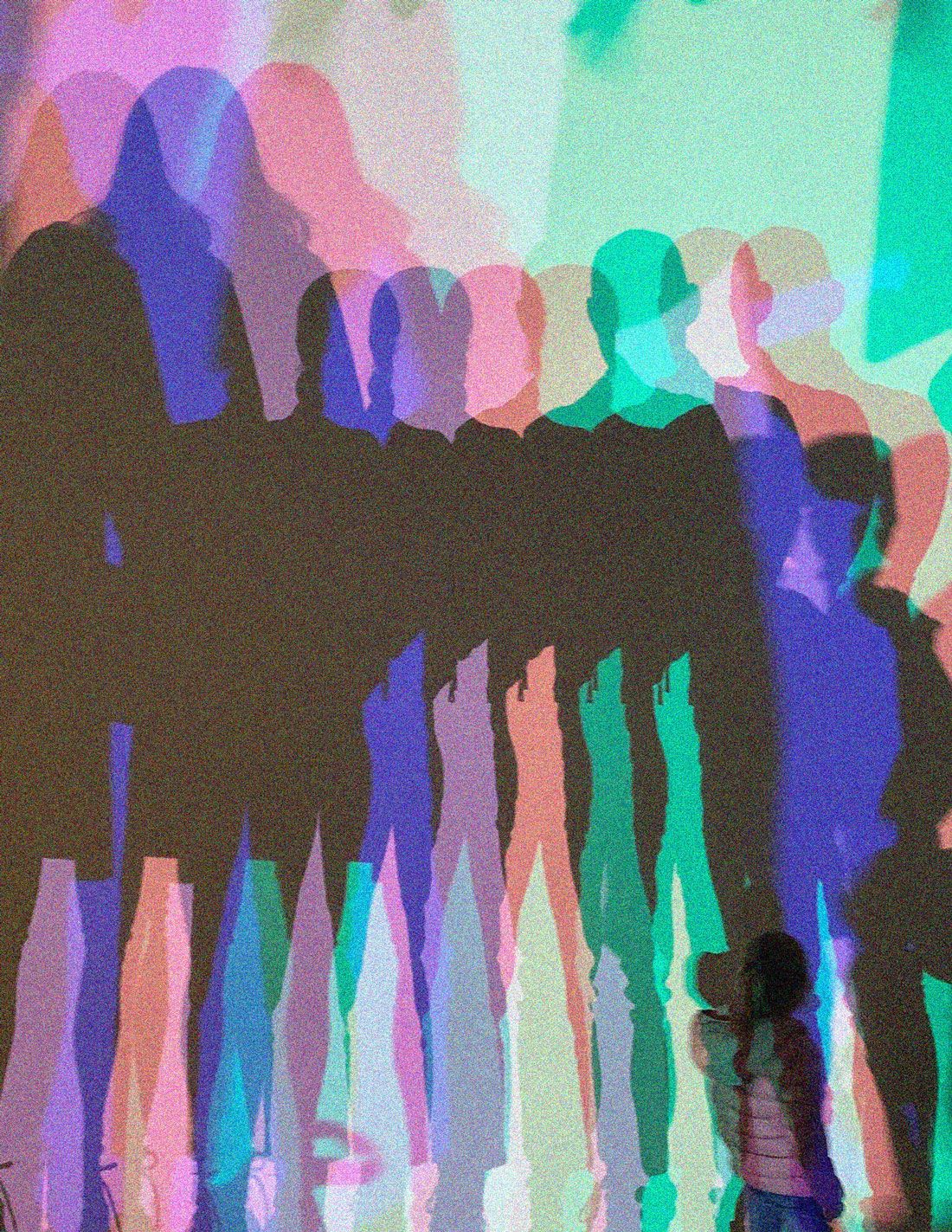
When browsing articles about Web3, one common theme emerges: actions speak louder than identification. That means prolific growth and output aren't tied to all-star LinkedIn profiles, but rather avatars, vibes, and creations.
Unlike the meatspace (a.k.a. “IRL”), there is an infinite garden of possibilities in Web3. Here, we are presented with a limitless list of options, seamlessly changing bodies from one destination to the next. Whereas before, only well-funded spies could don different faces, now everyone has the agency to create their own portfolio of alter-egos.
There is a lot to unpack and examine about the realities of the unfolding post-identity landscape for creators, audiences and participants. Luckily, community leaders throughout the space are also exploring the future of expression alongside representation and accessibility.
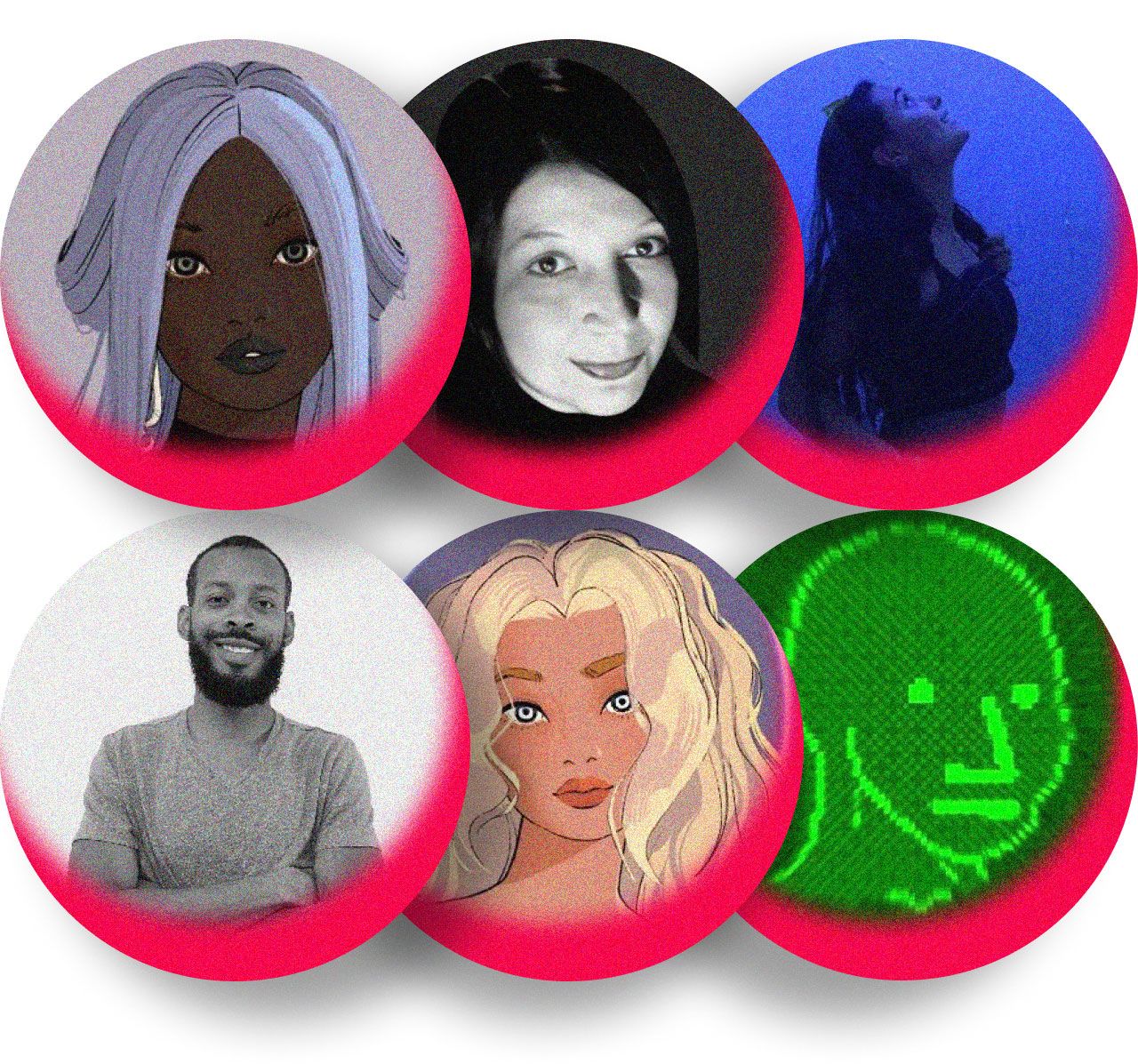
Join us as we dive into how the endless armies of avatars, Discord servers, Telegram channels, and group DMs are influencing the ways we view ourselves, and each other.
‘You’re born naked, and the rest is Drag.’ - RuPaul
The Disentanglement of Identity and Craft
The blockchain was built on the mythology of a pseudonymous figure. Whether Satoshi Nakamoto is a pseudonym for one individual actor or a collective of people, they have made their point clear: your identity doesn’t have to matter if you let your work and creations speak for themselves.
Historically, pseudonymous identities in the creator space are not new: Famed Japanese woodblock artist Hokusai had over thirty different names across his lifetime, as was common practice; the Brontë sisters used a male pseudonym to get published, only revealing their true identity after they’d made their success; and without anonymity, Banksy’s work would be logistically difficult to carry out due to his fame and the illegality of many of his pieces.
Maybe the ambition isn’t to release the next Bitcoin—nonetheless, Twitter's timeline is rife with questions posed by users.
How should I present myself? • Do I use a pseudonym? • If so, how related to my meatspace identity do I want it to be? • Is this an opportunity to reinvent myself entirely?
The cost to create online personas and act with pseudonymity or anonymity continues to decrease and become more accessible. "The shift and shifting nature of many people's online identity practices, especially younger people who grew up on the internet, suggests that maybe they're not as interested in developing something like a 'personal brand' as marketers have enjoyed predicting," remarks Libby Marrs and Tiger Dingsun, in a piece on Other Internet. "Instead of latching onto one fixed identity across many digital spaces, they embody various roles and play with different and novel modes of interpersonal relationship-building online, and find value in aligning themselves with small, close-knit internet communities.”
For many of us, a pseudonym could have been beneficial in our previous careers. The wealth and breadth of previous weird, wonderful, and at times wild, lived experience certainly benefits our future work, albeit somewhat obliquely. However, not all facts or details of our personal or professional history—like that improv class you took back in 2010—are relevant or required to validate your credibility.
Fortunately, it seems we are coming out the other side of an era in which social media has enforced an expectation that network participants should be revealed to their audience in the name of transparency and authenticity, under some illusion of preserving and protecting our ‘privacy’.
The entire conceptual model that most social networks have fed to the world is based on the assumption that human beings have single identities, which are fully consistent across their family, work, social, and creative spheres. Consumer behavior is diverging from this expectation (e.g. Twitter alts, finstas), and hinting at a new, surreal landscape.
***
Web3 is a space driven by ideals of individual and community agency, fundamentally at odds with the status quo of centralized ownership of data, networks, and wealth. These ideals aim to combat state control and corruption through trustless interactions on platforms that circumvent nation states.
Returning agency and autonomy over assets, beliefs, creation, data, and the relationships between them to individuals, allows for the disentanglement of identity and craft. Ben Thompson at Stratechery speaks to the freedom of the “role blockchains will fill,” where they provide individuals and communities “uniqueness and portability…in a way that makes it possible to not just live your life entirely online, but as many lives simultaneously as you might wish, locked in nowhere."
Realizing these ideals is a long game, but in the short term there is the danger that if we do not prioritize diversity, equality and inclusion as a cornerstone of design, especially in our capitalistic society, we will lose sight of what we’re trying to replace and instead create “The American Dream 2.0”, where the promise of upward mobility becomes a self-serving belief that further widens inequality.
It’s incumbent on us to craft this technological advancement, the Gold Rush of the modern age, with consideration. With the right design, this new age could get us closer to fair participation, where anyone could participate anonymously or pseudonymously from any location with an internet connection—a shift that is teetering on the edge of a post-identity future, in contrast to the well-intentioned, but arguably reductive, authenticity-model that has guided our engagement and output in recent years.
Web3 gives us, creators, the chance to be born again over and over, discarding and circumventing limits or requirements of pre-existing identity, reputation, or experience.
What could be more freeing and empowering? With every new identity or persona you create, you can reclaim creative freedom, have nothing to prove, and nothing to lose.
Becoming Nobody & Anybody
The ideological lens posed by the term “post-identity” speaks to a future in which people have moved beyond societal prejudices around race, gender, sexuality, ability, age, size, and, perhaps in the future, origin (i.e. human/machine). That being said, the “post-identity” framework can be controversial. A fully “post-identity” environment can lead to the erasure of experiences needed to be understood to foster diversity, equality, and inclusion.
Learning to navigate life is inextricably entangled with the complexities of social and cultural conditioning, and thus no one is without bias. Web3Baddies’ Madam Cult Leader highlights these challenges: “Web3 is not transcending typical barriers. I think it is silly to believe that a cultural problem would be solved by a technological solution.” The future promised by Web3 will fail to break these barriers if vulnerable communities are neglected. “Like Web2, Web3 is homogenous (cisgender-abled heterosexual white men), and being 'onchain' does not solve these issues. The myth of meritocracy is not legitimized with Web3 technology. Foundational Diversity, Inclusion, and Belonging efforts are critical if we want Web3 to represent its values of being a global technology.”
What is becoming apparent through people’s use of the blockchain, however, is the way this ideology is expanding to include mechanisms which are capable of looking past whether the “person” even exists at all. Although some services, like BrightID, are trying to implement personhood verification for Sybil resistance, blockchain technology doesn’t care if you exist IRL or not.
On the blockchain, creators and participant’s actions and contributions aren’t reliant on personally identifying factors for validity. This is a shift away from the authenticity model, where authentic experience and context of identity are paramount to, and intrinsically linked with, the content the creator is delivering.
While the authenticity model has a positive intention and legitimate purpose in redressing the imbalance in representation across the board, it only works to the extent that a society embraces tolerance. It’s possible that Web3 shifts the decision of identity design to the individual instead of having visibility as a prerequisite to “authenticity” or validity of expression.
As digital spaces become more common, each of us will need to make trade-offs between anonymity, public brands, curated personas, accountability, and visibility. In other words, we will need to contend with identity choice and plural authenticities.
Authenticity Through Action
At drama school, there’s a fundamental lesson taught to all aspiring actors: characters are what they do, not what they say. This is also true for real life. We are both our actions, and crucially, our inaction. From one perspective, we could say pseudonymous profiles are intrinsically authentic because someone has created them as they are; they may be a simulation of a person’s alter-ego, or a fragmentation of their identity, but that doesn’t mean they aren’t authentic.
After all, authenticity is relative: in fiction writing, the actions of characters can be described as authentic to that character because they are consistent with that individual’s voice and journey; in business, we might call this a coherent brand identity. Greenwashing is an example of the opposite, where business behavior is not in line with messaging of environmental protection.
In Web3, people are presenting fractals of their identity in ways that allow them to compartmentalize their work/art/personal life to reach intended audiences to circumvent the limits of their audience.“There’s this sense of context and pigeon-holing that exists with any identity we value,” laments co-founder and advisor of @decentology Chase Chapman, and these limitations increase “especially when you have an audience.”
Compartmentalization may create inconsistency across separate identities, however, this doesn’t equal inauthenticity within each individual guise. “In different contexts, I act differently but I always try to be authentically myself in a given context,” shares Chapman. “Not because it’s some moral high ground, but because it’s exhausting to be anything other than my authentic self.” The contexts within which we frame and present ourselves matters greatly, and it is consistency within a given context that signifies new markers for trust in a pseudonymous landscape.
In the fast developing space of Web3, much of what we say, write, and create is going to be out of date in a matter of months, days, or even hours. The only constant is change. And yet, the nature of the blockchain immortalizes content and interactions.
In the face of this permanence, separate identities are welcome. It gives us the ability to invest in reputations, while abandoning others to the transaction log. The pseudonymous profiles we invest in become portraits of ourselves and the context we participate in; each branded identity tells people what to expect and how to interact.
This isn’t just limited to individuals, but also to collectives and communities. With the possibilities of multi-signature wallets and fractionalized PFPs, and the nature of online work flow, identities can also be owned and created by communities who can diversify the commitment, work, and perspectives to execute projects.
Re-Contextualizing Markers for Trust and Accountability

As indicated earlier, while Web3 might popularize the use and creation of pseudonymous identities, entire communities have relied on these practices for aesthetic or safety purposes. Kink, fetish, and BDSM communities are prime examples where the nature of interactions and shared space (physical or digital) calls for different markers to contextualize and navigate trust. As CNR Aphilia, Head Gimp of Paraphilia Collective and editor of the Paraphilia Magazine, a publication based in London notes, "Somebody who sticks to their pseudonym has a reason to stick to their pseudonym, and in BDSM," he asserts, "that is evidence of some type of commitment to its culture and practice."
It is this consistency and detail of the character—in both physical and online spaces—that signifies an implicit contract or rubric, a commitment that anyone wishing to engage with the person in question can expect a certain level of credibility. "Somebody who maintains that anonymity," CNR Aphilia states, "...is also probably somebody that adheres to the social mores of BDSM better than maybe somebody that doesn't have a pseudonym."
For people engaging in kink where they may be exposed to systematic bias based on moral grounds, it is necessary to maintain a separation from their non-kink identities in order to be able to participate in “normal” society. Unfortunately, we still live in a world where in certain nations, to express oneself in a certain way can lead to harassment, prison—or worse.
So why not protect ourselves by taking on the same principle as limited companies and apply them to our creative and expressive pursuits? “If the limited company crashes, they just fold it, their assets are fine,” opines CNR Aphilia, “and then they live another day. It's the same thing.” Digital identities provide us this benefit: they give us the ability to create multiple expendable addresses with the ability to trade and create reputations.
However, the separation is not without its limitations. A new identity may give you freedom, and at the same time take away accountability. Some individuals, like FWB’s Patti Hauseman and Stefen Deleveaux, have chosen full transparency and doxxed themselves. “[The] first step to being accountable to the community [is to] not hide behind an anon or pseudo-anon identity,” says Hauseman. “I think pseudonymity is extremely valid for this space (and often beneficial),” reinforces Deleveaux, “but I personally am doxxed because I know the value (and sacrifice) of being a figure that represents the communities I care about is important.” This is common for people in community stewardship roles: to be responsible is to be known. We are still in the early days—perhaps there will be a way to have both accountability and anonymity in the future.
That being said, the choice to be known is no longer a binary—a marked difference from governmental bureaucracy and small-town communities. Whereas meatspace requires you to be linked to a central identity, in the metaverse we can be known in some communities and unknown in others. We now have a choice of contextual masks, allowing us to transform while we teleport from one Discord server to another.
Who Will We Become?
Today, we are strangers in a strange land. We each have joined this new space with a long unique address that gathers an inventory of assets, creations, data, and reputation. Tomorrow, through a portfolio or persistent pseudonymity, we will have a diversity of interconnected masks that can be relied on—even trusted. The new surreal stories we create might just uncover new fragments of our authentic selves, previously inaccessible due to physical constraints and expectations of coherence.
However, new responsibilities come with the opportunity of creative expression and the ability to abandon our pasts. As we inevitably craft a portfolio of economically empowered identities, we will need to be conscious of, and accountable to, the impact our visible and hidden masks have on the digital and physical world. It is up to us to learn from previous community efforts and use this technological power for good.
Together, we might just be able to create better harmonies of authenticities—for ourselves, and for each other.
